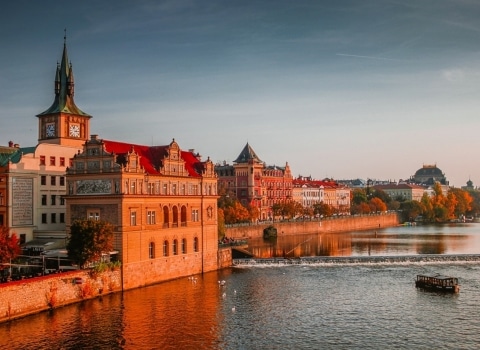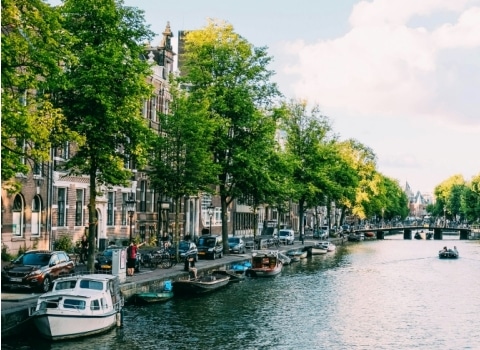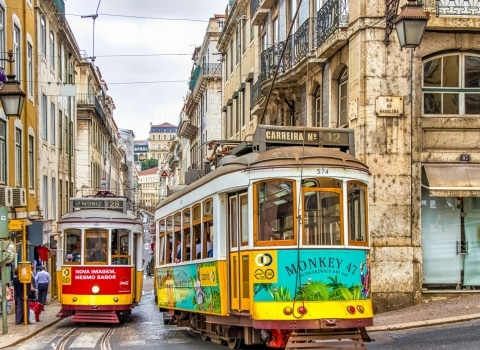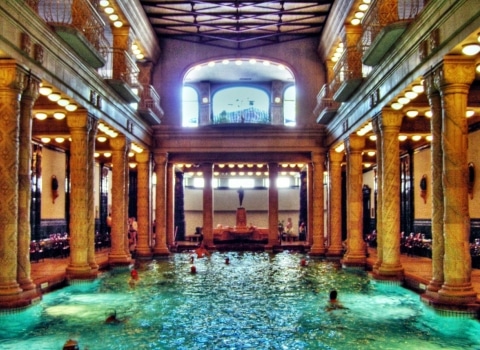More Than a View: What Burujón Leaves Behind
Just outside Toledo, less than an hour’s drive, the Barrancas de Burujón stretch out quietly, carved into the land as if they’ve been waiting for someone to notice. Few travelers do. The name means “ravines of Burujón”—though the word doesn’t quite capture it. Not just cracks in the earth, but tall, jagged forms rising above Castrejón Lake, their reddish cliffs catching light in ways that shift by the hour.
A Barrancas de Burujón visit isn’t about spectacle. The place doesn’t announce itself. It doesn’t need to. For hikers, birdwatchers, or anyone drawn to space and silence, it’s enough to stand at the edge and look. Nature shaped this over centuries. Wind, water, time—no hurry. What’s left behind is something that doesn’t overwhelm, but lingers. The kind of landscape that settles in slowly. One where footsteps feel absorbed, not echoed.
Set deep in Castilla-La Mancha, the cliffs reach nearly 100 meters at their highest point, unfolding across the terrain like a torn seam. Their burnt orange color—clay and dust, sunbaked—draws a sharp contrast with the still blue of the lake below. Walk the trail along the top and that contrast follows you, changing slightly with every bend. A Barrancas de Burujón visit reveals its details slowly—texture, light, the sound of birds overhead. It’s not spectacular in the obvious way. But it stays with you.
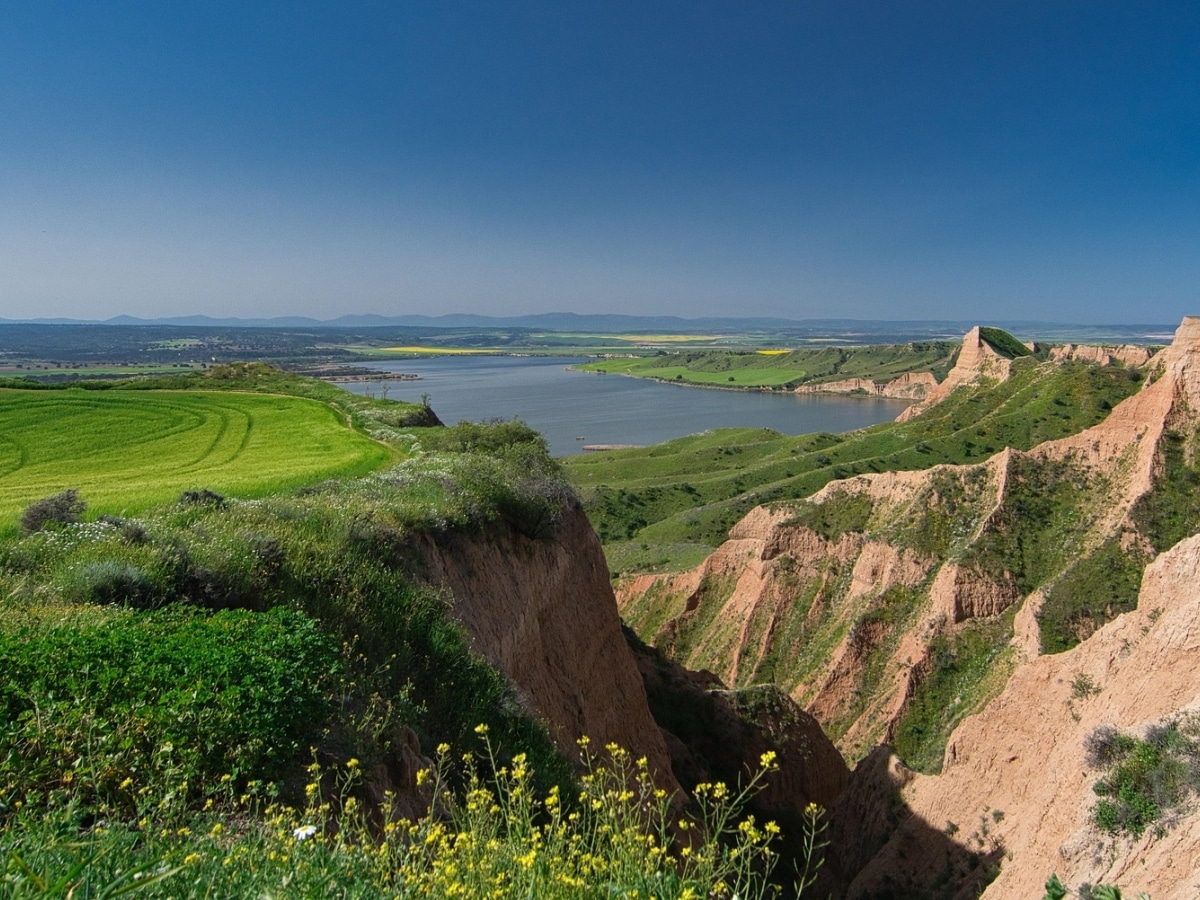
How to organize your visit to Barrancas de Burujón?
When should you go?
Spring and autumn are the best times to visit Barrancas de Burujón. Milder temperatures, softer light. The cliffs catch the sun just right—long shadows, warm tones—ideal for those drawn to landscape photography or long, quiet walks. Summer, on the other hand, can feel relentless. Not impossible, just better tackled early in the morning or closer to sunset, when the heat eases and the colors shift.
Access and practical information
Located roughly 30 minutes from Toledo—about 25 kilometers by road—the Barrancas make an easy side trip if you’re spending time in the region. From Toledo, take the CM-4000 toward Burujón. Signs for Mirador de las Barrancas appear as you near the edge of town. The final stretch is straightforward.
- Parking: A free parking area is available close to the trailhead. No permits, no machines. Just pull in and start walking.
- Entry: There’s no fee to access the site. Just keep it clean, stay on marked paths, and let the place be what it is.
- Facilities: There aren’t any. No toilets, no cafés, no kiosks selling water. Come prepared. Bring what you need and take it back with you.
- Public transportation: It’s not the easiest spot to reach without a car. But if you’re determined, there’s a bus from Toledo to the village of Burujón. From there, it’s 3 to 5 kilometers on foot—depending on the route—or a short taxi ride if you can find one.
Must-do hikes around the Barrancas de Burujón
Mirador del Cambrón trail
- Starting point: Main parking lot of the Barrancas de Burujón, near the viewpoint.
- Approximate duration: 30 to 40 minutes round trip.
- Details: A short walk, just 1.5 kilometers there and back, but it delivers more than expected. The trail begins at the main parking area and heads straight toward one of the area’s most striking lookouts. From there, the cliffs rise with quiet confidence above Castrejón Lake, their rust-red faces shifting tone with the sun. Along the path, signs share bits of geology, history, and the local wildlife that still calls this landscape home. It’s the kind of walk that suits nearly everyone—families, photographers, or those just needing a moment away from noise. Toward sunset, the silence grows deeper, and so does the sense that you’ve ended up somewhere worth lingering.
Barrancas circular trail
- Starting point: Main parking lot, with a marked trail around the site.
- Approximate duration: About 2 hours to cover 5 kilometers.
- Details: This loop isn’t difficult, but it gives a fuller picture of the place. Around 5 kilometers in total, the Barrancas circular trail curves gently around the cliffs, opening up to different views as it goes. Castrejón Lake appears and disappears between bends, always framed by those carved walls of earth. There are spots to stop, look out, maybe pull out binoculars. Eagles sometimes pass overhead. Vultures too. Bring water, walk slow, take it in. No rush here. Just space, light, and sky changing shape around you.
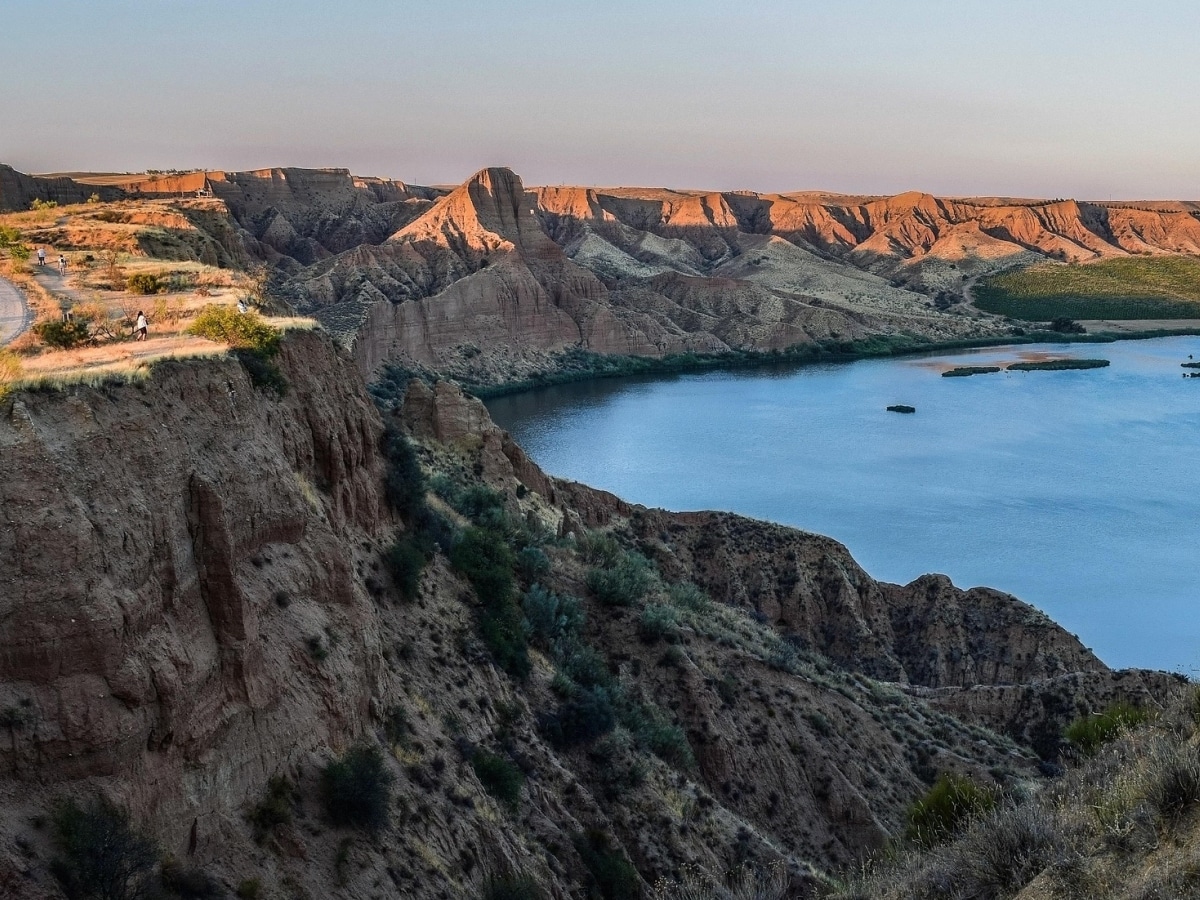
Trail to Lake Castrejón
- Starting point: Departure from a junction of the circular trail, marked by signs.
- Approximate duration: 45 minutes round trip (3 kilometers).
- Details: This easy trail winds gently downhill toward the shore of Castrejón Lake. About 1.5 kilometers each way, it moves through sparse vegetation typical of the region—low brush, dry grasses, scattered wildflowers in spring. As you walk, birds drift in and out of view: herons wading at the edge, ducks gliding across the water. The lake itself is still, reflective. The cliffs mirrored on its surface seem taller from below, more remote. It’s quiet here. A spot to rest, take photos, or simply sit with the sound of water and wind. Ideal for families or anyone looking for a light, rewarding walk.
Hike to the top of the cliffs
- Starting point: At the eastern end of the Barrancas, accessible via the main trail.
- Approximate duration: 1.5 hours round trip for 4 kilometers.
- Details: This one demands more effort. The trail begins near the eastern edge of the site and climbs steadily—steep in places, uneven underfoot. Solid shoes and some stamina are needed. But the reward is up top: wide-open views that stretch far across Castrejón Lake and the sculpted cliffs of the Barrancas. The wind feels different up here. The scale of the landscape opens up. For many, sunrise is the moment to come. The red earth catches light slowly, then suddenly, as the first sun spills across the top. It’s a tough walk. But it’s the kind you remember.
The loop of varied landscapes
- Starting point: At the eastern end of the Barrancas, accessible via the main trail.
- Approximate duration: 1.5 hours round trip for 4 kilometers.
- Details: This route shares the same starting point as the cliff ascent, but circles out wider—offering a changing rhythm of terrain, color, and perspective. One minute you’re high above the lake, the next walking alongside dry scrubland, then past a ridge where vultures sometimes drift low overhead. At times the trail narrows, at others it opens to long, unobstructed views. The loop is 4 kilometers and asks for some climbing, but nothing extreme. It’s not about the destination so much as what comes in between—light, silence, and that sense of walking through something slowly being shaped by time.
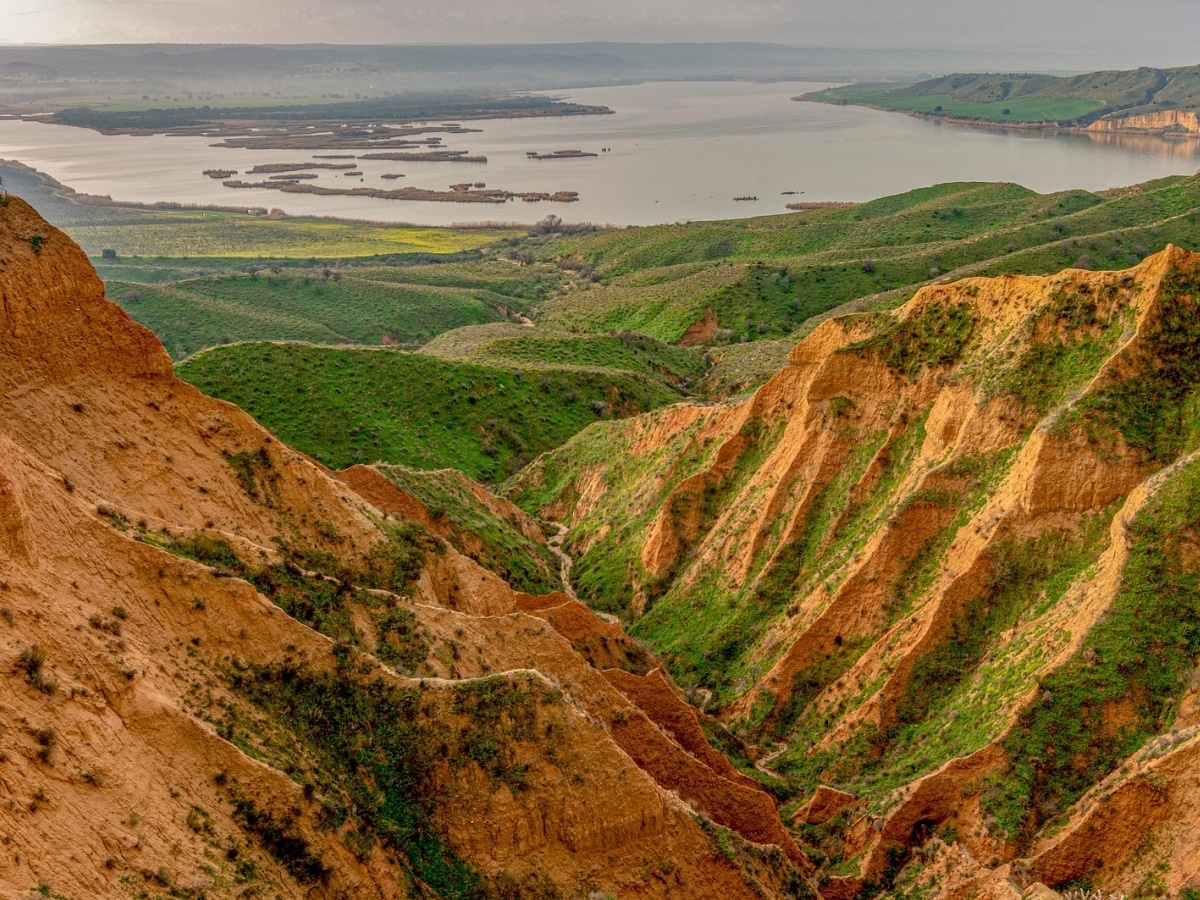
The Southern Cliffs Trail
- Starting point: Secondary parking lot located south of the Barrancas.
- Approximate duration: 1.5 hours for a 3.5-kilometer route.
- Details: Following the southern rim of the Barrancas de Burujón, this 3.5-kilometer trail cuts close to the cliffs themselves—an up-close encounter with the jagged forms that define the landscape. It’s quieter here. Fewer people, fewer voices. The viewpoints come without warning—just open space and that familiar play of red stone against blue water. Informational panels along the way add texture, offering glimpses into how this place was carved over centuries, shaped by wind, sun, erosion. You’ll also learn about the plants that cling to this dry soil, the birds that glide between the ridges. For those who prefer their walks slow and reflective, this route offers space. And stillness.
The star-watcher's path
- Starting point: Improvised camping area near the main parking lot.
- Approximate duration: 2 hours round trip for a 4-kilometer route.
- Details: Best walked as day fades out. This trail, about 4 kilometers round trip, is less about where you’re going and more about what appears above. With little light pollution, the Barrancas become a natural observatory at night. The path crosses wide, open spaces—plenty of sky, plenty of room. Eventually, you reach a broad plateau, flat and clear, ideal for lying back and letting the stars take over. Astronomy lovers and night photographers often return to this spot again and again. Bring what you need: a blanket, a thermos, maybe a small telescope. Even without it, the constellations show themselves easily. And the quiet—real, deep quiet—does the rest. It’s not dramatic. But something about it lingers long after you’ve left.
What to see and do when you visit the Barrancas de Burujón?
Observing local wildlife
The Barrancas de Burujón offer more than just scenery—they’re alive with movement, especially in the sky. This stretch of cliffs and lake has become a quiet refuge for birds, with golden eagles, griffon vultures, and barn swallows among the most frequent visitors. Along the trails that skirt the cliffs and curve down toward Castrejón Lake, it’s not uncommon to see them drifting high overhead or perched against the rock face, scanning the land below.
The Mirador del Cambrón is one of the best spots for this kind of watching. Early morning and late afternoon light makes their silhouettes sharper, easier to follow. For those who love birdwatching—or just like to pause and watch the rhythm of wings—this place has something quiet to offer. Binoculars are worth bringing. They catch details the eye might miss: feathers lifting in wind, small shifts of movement across the cliff ledges. It adds a layer to the experience that can’t be found in trail markers or guidebooks.
Enjoy the sunset
There’s something about the end of the day here. As the sun lowers behind the cliffs, the Barrancas take on a different tone—literally. The red clay glows deeper. Shadows grow longer, softer. The sky above begins to smudge into fire and dust. It’s quiet by then. Birds still call, but less. The wind drops off.
Find a place to sit—Mirador del Cambrón is ideal, with its open view and uninterrupted skyline—and let the moment stretch. No rush. Just the colors shifting slowly, the rocks catching flame, then fading. For photographers, it’s one of the best times to be here. The contrast between sky and earth sharpens for just a few minutes. But even without a camera, the light alone is enough. It’s not a spectacle, exactly. But it stays with you.
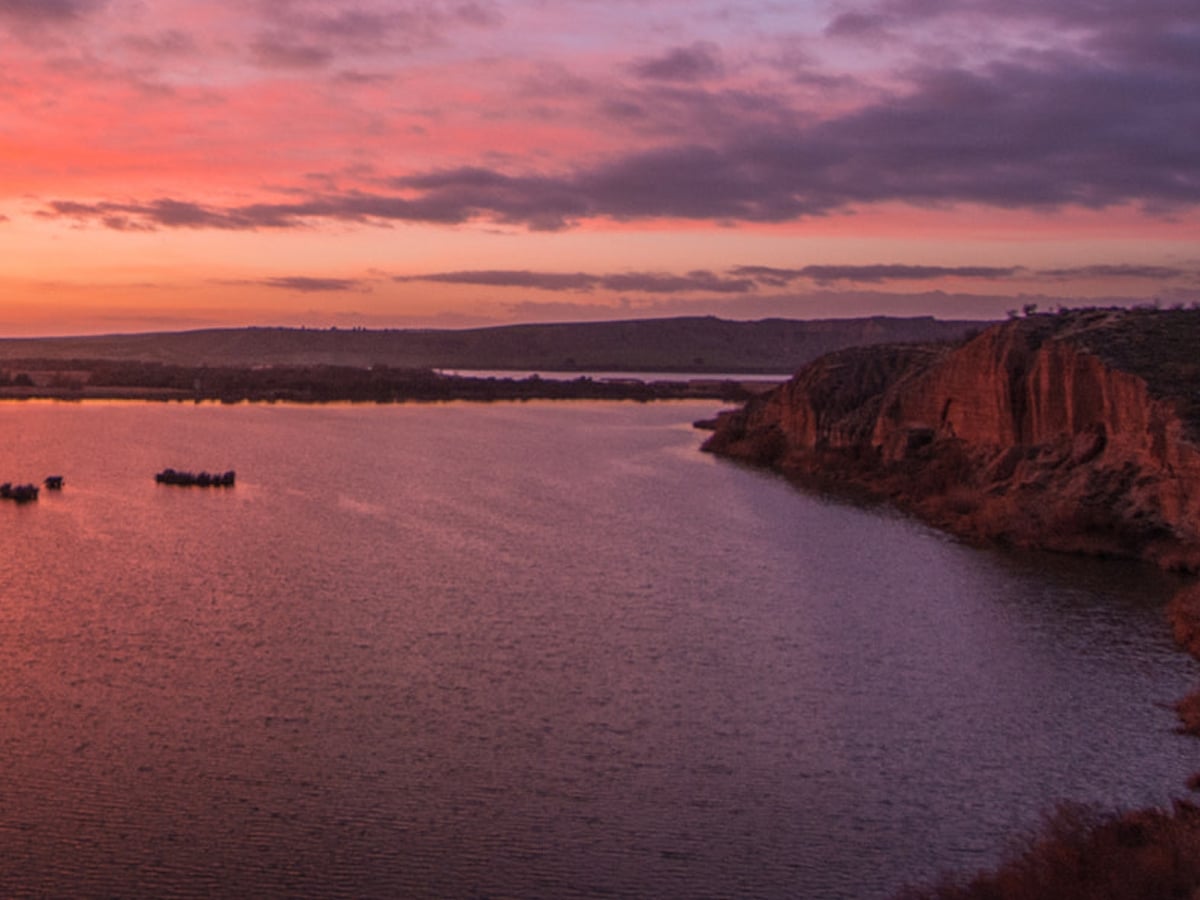
Explore the area by bike
For those who prefer two wheels to walking boots, the area surrounding the Barrancas de Burujón opens up beautifully by bike. A network of winding paths connects the cliffs to nearby villages like Albarreal de Tajo and Burujón, tracing through open farmland, low hills, and backroads where traffic rarely interrupts the rhythm. Some stretches are easy-going, others throw in a few climbs—but the reward comes in quiet viewpoints, sudden glimpses of the cliffs from unexpected angles.
The trails vary in surface—some packed earth, others a bit rough with stone—so it’s worth coming prepared. A solid bike, water, maybe a snack for the road. For the more adventurous, detours lead to hidden clearings and ridge lines, perfect for a break and a long look back at the landscape you’ve just crossed.
Discover the local culture
A visit to the Barrancas doesn’t have to end with the cliffs. The nearby villages of Burujón and Albarreal de Tajo each hold a slower kind of richness. In Burujón, the streets are quiet, the rhythm slower. A good place to wander, stop in a café, and try a plate of cocido manchego—a dish that takes its time, like the village itself.
Albarreal de Tajo offers something different: workshops and storefronts where local crafts still have a place. Pottery, handwoven textiles, earthy tones and textures shaped by long tradition. It’s the kind of rural Spain that doesn’t try to impress, but leaves an impression anyway. A walk through these towns adds a human layer to a day shaped by landscape.
Join the tour with a visit to Toledo
If time allows, there’s no reason to stop at the cliffs. Toledo is just nearby—a city of stone and shadow, layered in history. From the Gothic cathedral to narrow lanes that seem unchanged for centuries, it’s a place where Christian, Jewish, and Muslim stories still speak through the walls. Architecture here doesn’t just stand—it tells.
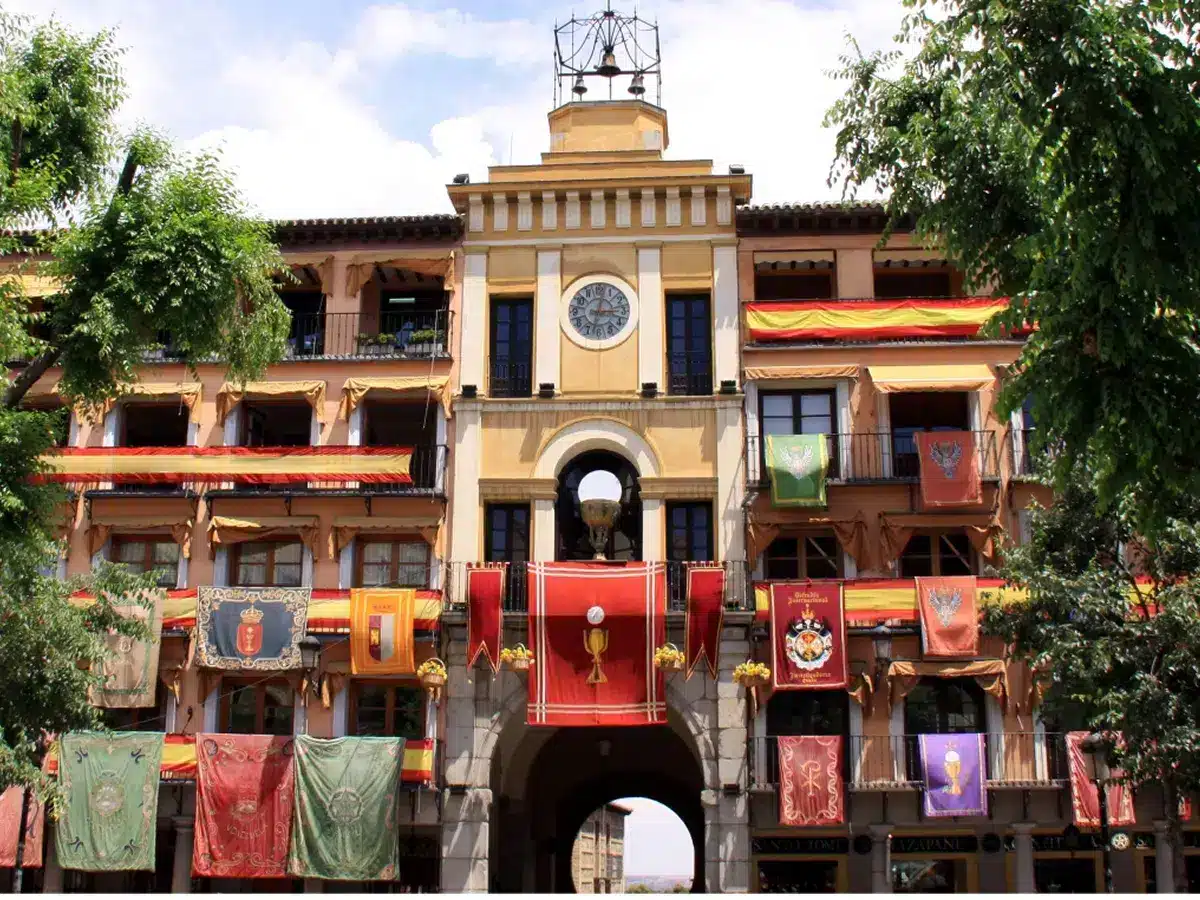
For a deeper look, consider exploring with Toledo tour guides. They know the corners others miss—the small synagogues, tucked-away chapels, half-buried stories that never made the textbooks. Their knowledge gives context, makes what’s old feel present again.
When the day winds down, sit at a table and taste what Toledo has held onto. Mazapán, for a start—sweet, dense, almond-rich. Then maybe carcamusas, or another slow-cooked local dish. Ask a guide for a restaurant that hasn’t changed its recipes in decades. You’ll eat well, and likely stay longer than planned.

